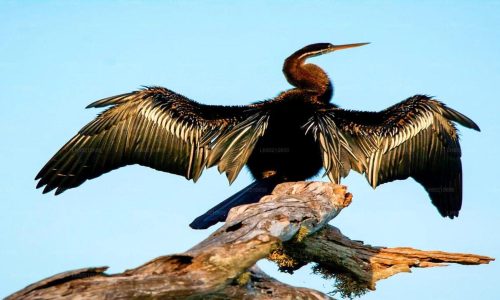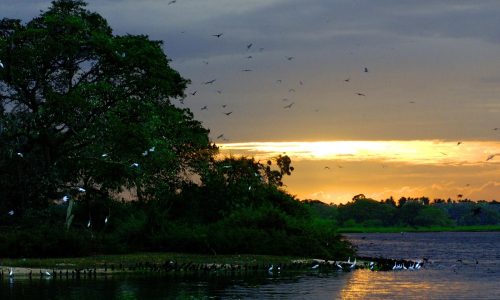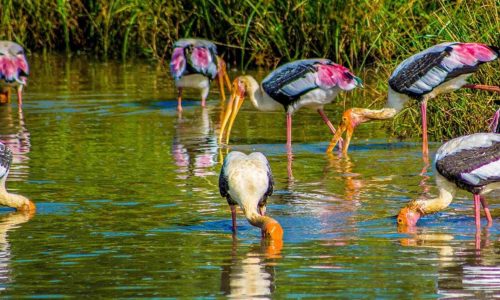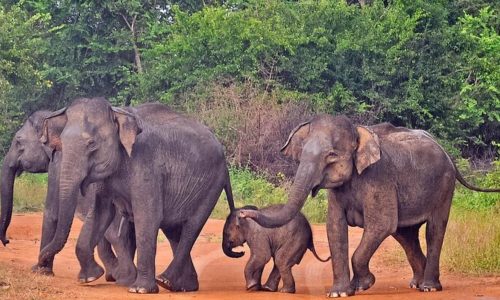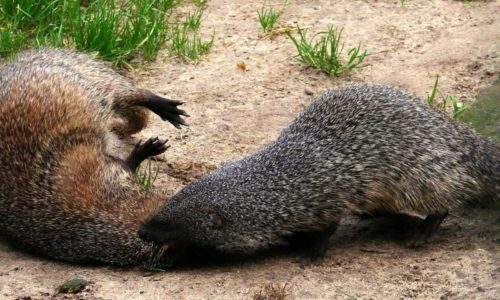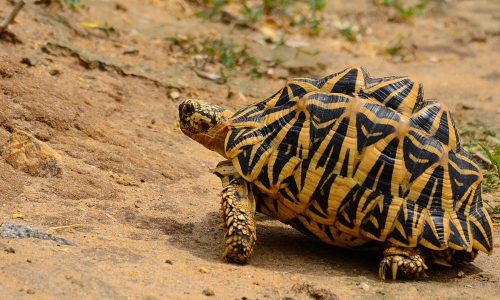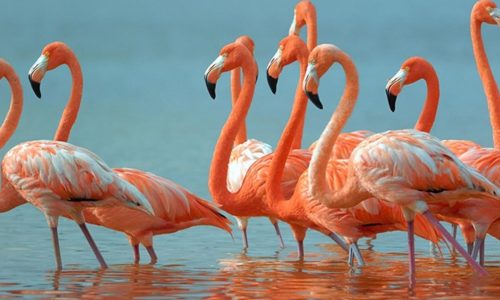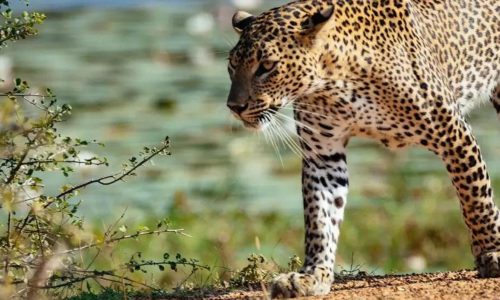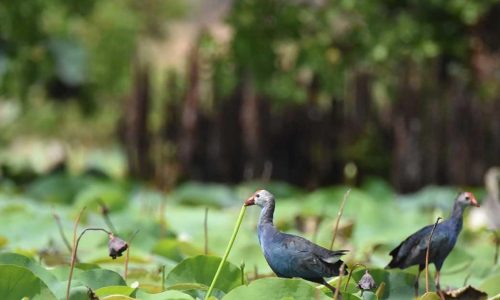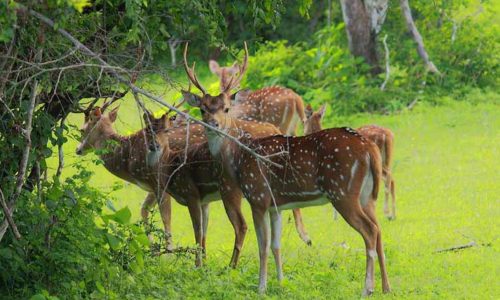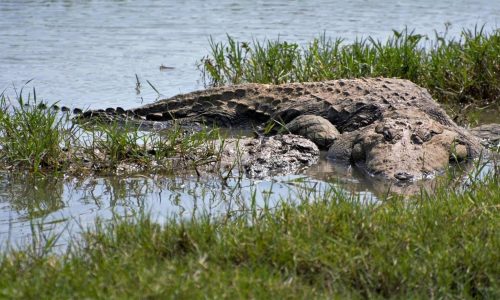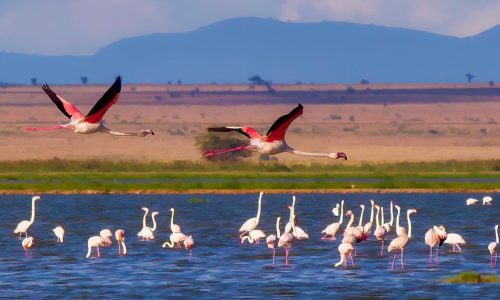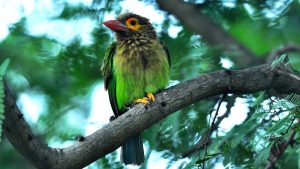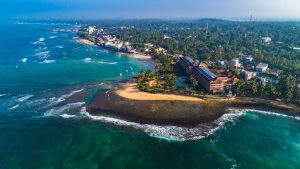Bundala National Park is a nature reserve located in the southern part of Sri Lanka. It is one of the best-known bird sanctuaries in the country, and it is also home to a wide range of wildlife, including elephants, crocodiles, and turtles. With its stunning natural beauty and diverse wildlife, Bundala National Park is a must-visit destination for nature lovers and wildlife enthusiasts.
The park covers an area of 6,216 hectares and has located about 250 kilometers southeast of Colombo—the park is situated in the coastal wetlands region of Sri Lanka, home to many migratory birds. During the winter, the park becomes a haven for birdwatchers as thousands of birds flock to the park from as far away as Siberia.
One of the most popular attractions of Bundala National Park is the large number of water birds that can find here. The most common species include the Eurasian spoonbill, the black-headed ibis, the painted stork, and the greater flamingo. In addition to water birds, the park is home to various land birds, including the Sri Lankan junglefowl, the brown-capped babbler, and the black-crowned night heron.
Another major attraction of the park is its large population of elephants. Visitors can often spot these majestic animals grazing in the grasslands or bathing in the park’s many water bodies. The park is also home to many other mammals, including the spotted deer, the wild boar, and the grey langur.
One of the unique features of Bundala National Park is its extensive network of lagoons, swamps, and waterways. These water bodies provide a rich habitat for various aquatic species, including crocodiles, turtles, and fish. The park is also home to many reptiles, including snakes and lizards.
Visitors to Bundala National Park can explore the park on foot or by jeep safari. The park is open throughout the year, although the best time to visit is between November and March when the migratory birds reside. The park can get quite hot and humid during summer, so visitors are advised to dress appropriately and bring plenty of water.
Bundala National Park is one of the most beautiful and diverse nature reserves in Sri Lanka. Its stunning natural beauty and rich wildlife make it a must-visit destination for anyone interested in nature and wildlife. Whether you are a birdwatcher, a nature lover, or simply someone looking for a peaceful getaway, Bundala National Park is the perfect place to explore and enjoy the natural wonders of Sri Lanka.

